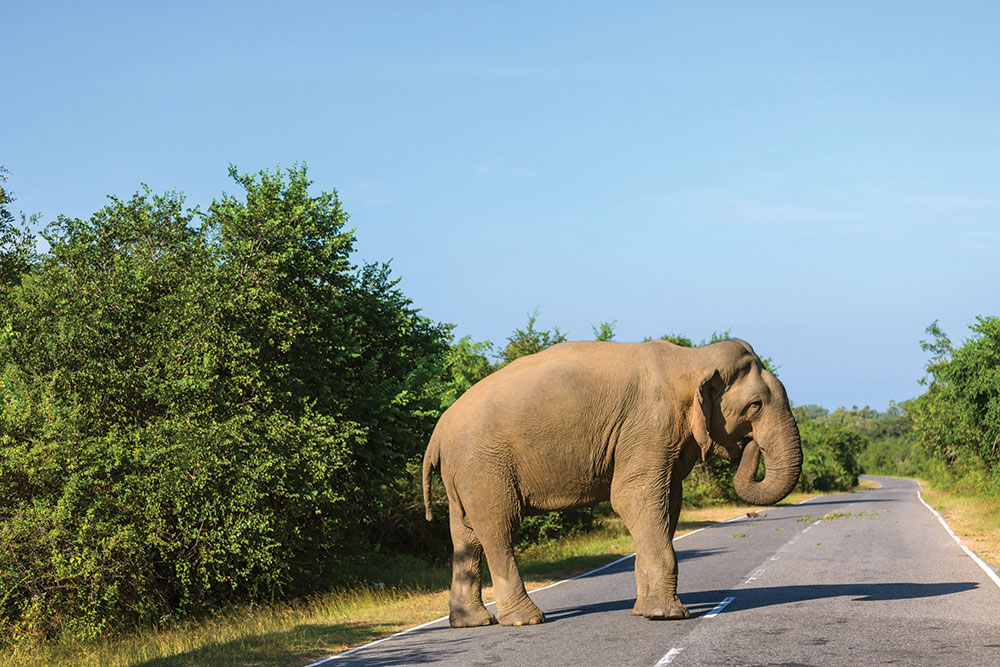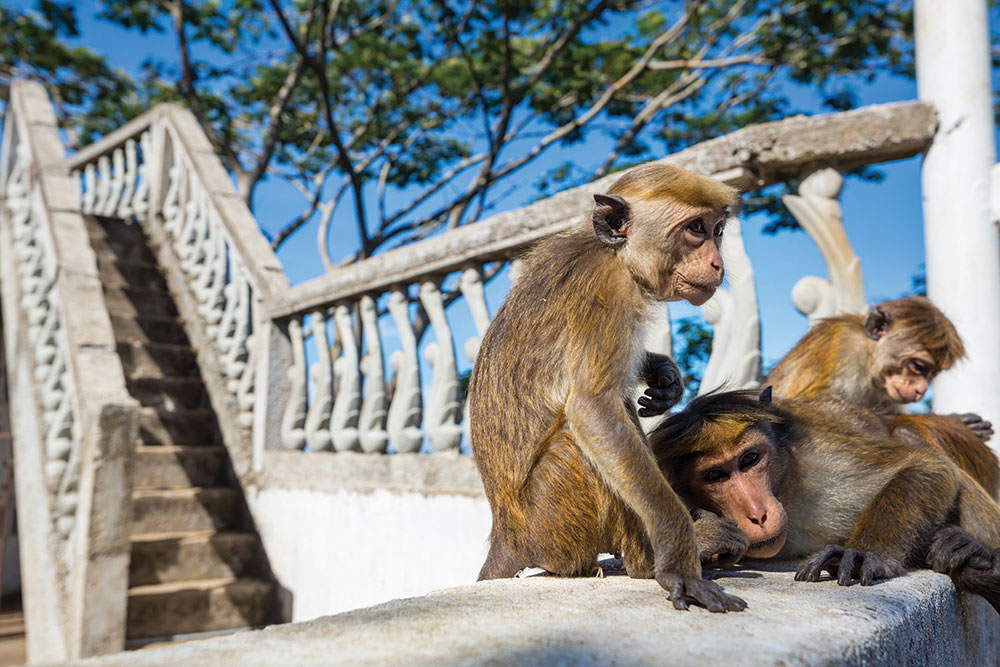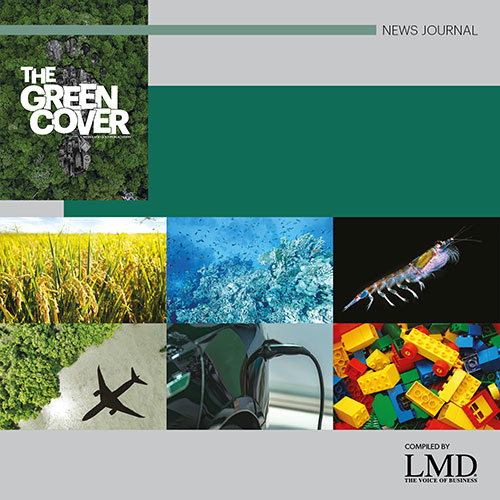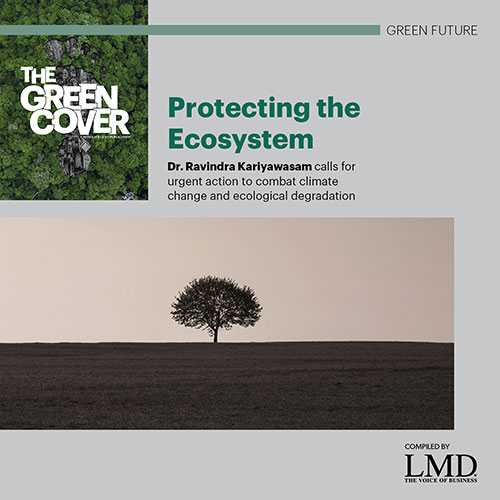WILDLIFE CONSERVATION
Price of Wanderlust
Dr. Kalinga Padmalal discusses the impact of over-visitation on Sri Lanka’s wildlife and ecosystems
Q: How has the rise in tourism over the years affected Sri Lanka’s wildlife and ecosystems?
A: While showcasing the country’s natural and cultural diversity, tourism in Sri Lanka has led to over-visitation and overcrowding at popular attractions, causing significant environmental damage.
Unregulated development and over-visitation near sensitive habitats have resulted in their fragmentation and destruction. Pollution is also a problem.
Tourism-related activities including noise, vehicular traffic and human presence stress wildlife and disrupt their natural behaviour such as breeding and migration. For instance, elephants, may alter their movement patterns to avoid tourists, and this could exacerbate the human-elephant conflict. Pollution from plastic waste, water runoff and noise further harm both terrestrial and aquatic ecosystems.
However, tourism has positive impacts too such as generating revenue for conservation projects and supporting community-based initiatives. Ecotourism creates economic incentives to protect biodiversity and raises awareness about conservation among locals and tourists alike. Additionally, it has fostered community-based conservation models where locals manage eco-lodges, guided tours and nature walks, and help safeguard the wildlife and ecosystems.
Q: What roles do local communities play in ensuring responsible wildlife tourism?
A: Local communities in Sri Lanka play a crucial role in promoting responsible wildlife tourism by aligning it with conservation goals and supporting sustainable livelihoods. Through community-based tourism (CBT), locals manage tourism activities, and ensure that economic benefits are shared and environmental impacts minimised.
CBT provides alternative income sources, and reduces reliance on harmful practices such as poaching. It also promotes cultural preservation by allowing locals to share traditions with visitors. In areas near protected sites such as Yala and Sigiriya, communities run eco-lodges and guided tours that support conservation.
Furthermore, communities engage in environmental protection through reforestation, wildlife monitoring and human-wildlife conflict mitigation. They build sustainable infrastructure, manage waste, and educate tourists on respectful and responsible behaviour to ensure conservation and a positive visitor experience. Their involvement is essential for sustainable wildlife tourism.
Q: What are some of the worst cases of unethical wildlife tourism practices you have seen, and how can they be addressed?
A: Unethical wildlife tourism practices including large crowds and disruptive behaviour, have become increasingly common at popular attractions. Locations such as Sigiriya, Yala, and Sinharaja suffer from over-visitation, and this stresses wildlife, degrades ecosystems and affects the experiences of other tourists.
Stronger regulations, sustainable infrastructure, visitor limits in sensitive areas and local community involvement in eco-friendly initiatives are essential for balancing tourism with conservation.
Dr. Kalinga Padmalal
Wildlife and Conservation Biologist
Senior Lecturer in Wildlife (retd.)
Open University of Sri Lanka









